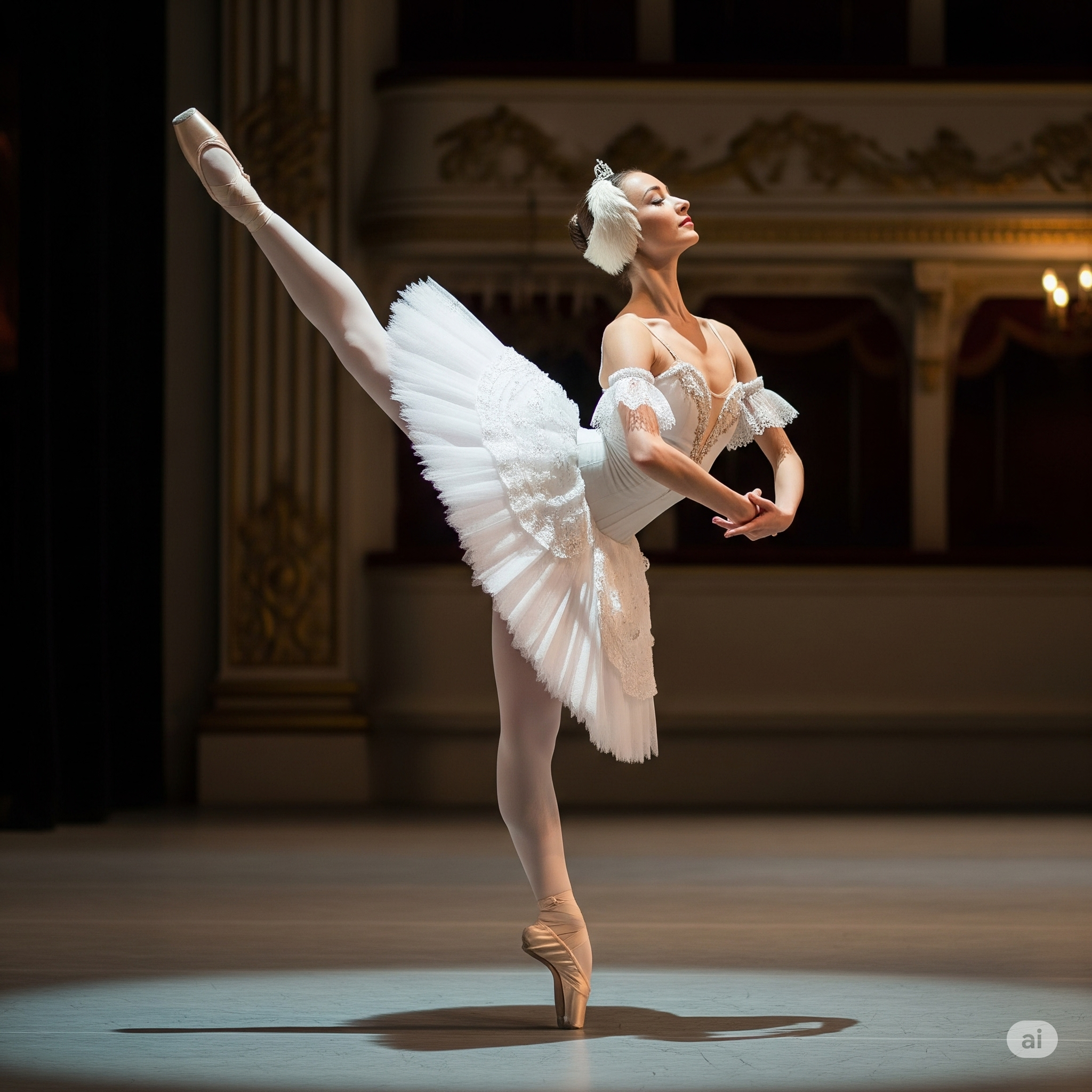The Secret of Classical Ballet: Why the Vaganova Method is the Key to Excellence.
En el fascinante universo del ballet clásico, diversas metodologías han moldeado a generaciones de bailarines, cada una con sus propias filosofías y enfoques. Entre ellas, el Método Vaganova se erige como un sistema distintivo, reconocido mundialmente por cultivar una elegancia depurada y una precisión técnica excepcional.

Desarrollado por la famosa pedagoga rusa Agrippina Vaganova a principios del siglo XX, este método no es solo una serie de ejercicios. Es una filosofía completa de la danza que busca formar bailarines fuertes, versátiles y expresivos.
Vaganova se basó en la tradición del ballet clásico francés e italiano. Ella enriqueció esta tradición con su gran conocimiento de la anatomía y la biomecánica. Así, creó un sistema de enseñanza claro y progresivo. Este sistema sigue siendo la base de la formación en muchas escuelas de ballet importantes. Incluye la famosa Academia Vaganova de San Petersburgo.
Los Pilares Fundamentales del Método Vaganova:
El Método Vaganova se distingue por varios principios clave que lo hacen único:
- Conciencia Corporal Integral: El método pone un fuerte énfasis en la comprensión profunda del cuerpo y cómo cada parte participa en el movimiento. Se busca una conexión fluida y coordinada entre brazos, piernas, torso y cabeza, fomentando una línea armoniosa y una postura impecable.
- Progresión Lógica y Gradual: Los ejercicios se introducen de manera secuencial, construyendo sobre las bases previamente establecidas. Cada paso prepara el cuerpo para el siguiente, desarrollando fuerza, flexibilidad, equilibrio y coordinación de forma segura y eficiente. Esta progresión meticulosa evita lesiones y asegura una comprensión sólida de los fundamentos.
- Énfasis en la Fuerza y la Flexibilidad Equilibradas: A diferencia de otros métodos, Vaganova no solo se enfoca en la flexibilidad. Busca un equilibrio entre la fuerza muscular y la elasticidad. Se trabaja la fuerza para sostener la técnica y la flexibilidad para permitir la amplitud del movimiento, creando bailarines poderosos y ágiles.
- Desarrollo de la "Ballon": Este término francés es importante en el ballet. Se refiere a la ligereza y suspensión en el salto. Es la habilidad de parecer que flotas en el aire. El Método Vaganova incorpora ejercicios específicos para cultivar esta cualidad etérea.
- Expresividad Intrínseca: Si bien la técnica es primordial, el Método Vaganova no la considera un fin en sí misma. Se busca que la precisión técnica sirva como vehículo para la expresión artística y emocional. Los bailarines formados bajo este método son conocidos por su musicalidad y su capacidad para transmitir historias y sentimientos a través del movimiento.
- Importancia del "Plié": Hacer bien el plié (flexionar las rodillas) es muy importante. Actúa como un resorte que ayuda en todos los movimientos. Proporciona amortiguación, equilibrio y potencia.
Beneficios de la Formación Bajo el Método Vaganova:
Los bailarines formados bajo el Método Vaganova suelen desarrollar:
- Técnica Sólida y Versátil: Una base técnica robusta que les permite abordar una amplia variedad de coreografías y estilos.
- Fuerza y Resistencia: Un cuerpo fuerte y resistente, capaz de soportar las exigencias físicas del ballet.
- Elegancia y Línea Refinada: Una estética pulcra y armoniosa en cada movimiento.
- Conciencia Corporal Excepcional: Un profundo conocimiento de su propio cuerpo y cómo controlarlo.
- Musicalidad y Expresividad: La capacidad de interpretar la música y transmitir emociones a través de la danza.
- Prevención de Lesiones: La progresión gradual y el equilibrio entre fuerza y flexibilidad contribuyen a un menor riesgo de lesiones.
El Legado de Vaganova en el Mundo Actual:
En Attitude Store, entendemos la importancia de una formación sólida en ballet clásico. Por eso, ofrecemos una gran variedad de ropa y calzado. Estos se adaptan a las necesidades del Método Vaganova. Tenemos maillots que muestran la línea del cuerpo. También contamos con zapatillas de punta que dan el soporte necesario. Esto ayuda a desarrollar la fuerza y la elegancia de este sistema.
Aunque Agrippina Vaganova falleció en 1951, su método continúa siendo una influencia dominante en el mundo del ballet. Numerosas escuelas de renombre internacional, incluyendo muchas en Latinoamérica y potencialmente academias locales en Valencia, Carabobo, Venezuela, basan su currículo en sus principios. Los bailarines formados bajo este sistema son altamente demandados por compañías de ballet de todo el mundo debido a su técnica impecable y su capacidad artística.
Si aspiras a alcanzar la excelencia en el ballet clásico, familiarizarte con los principios del Método Vaganova es un paso fundamental. Es un camino que requiere dedicación y disciplina. Pero recompensa a los bailarines con una técnica mejorada. También les da una gracia única. Además, les permite expresar la belleza del ballet en su forma más pura.
¡Explora nuestra colección y encuentra las herramientas perfectas para tu viaje en la danza!